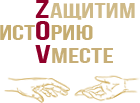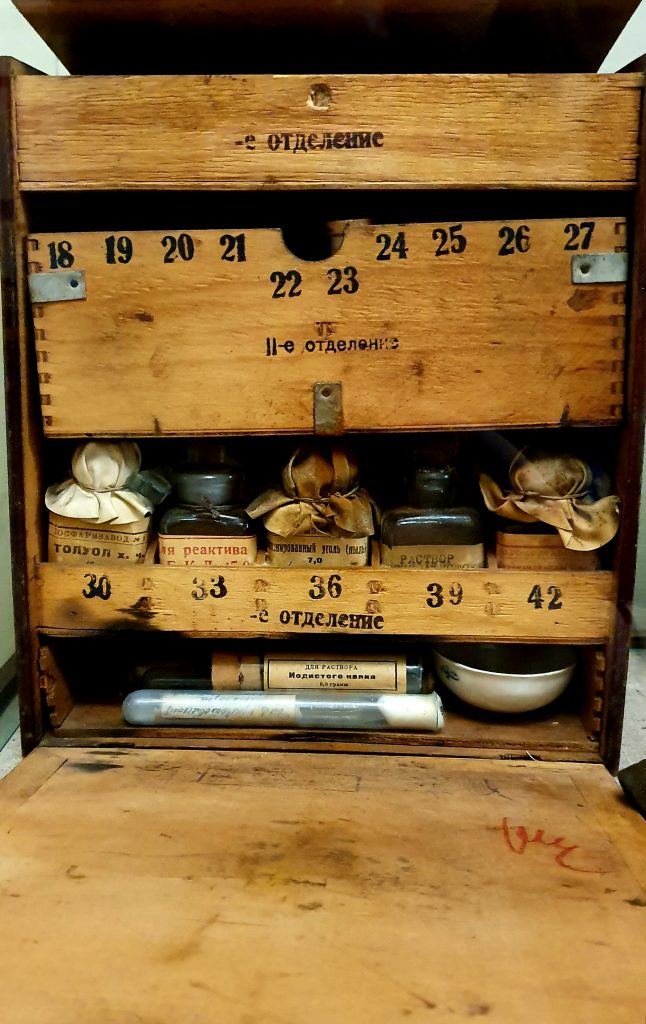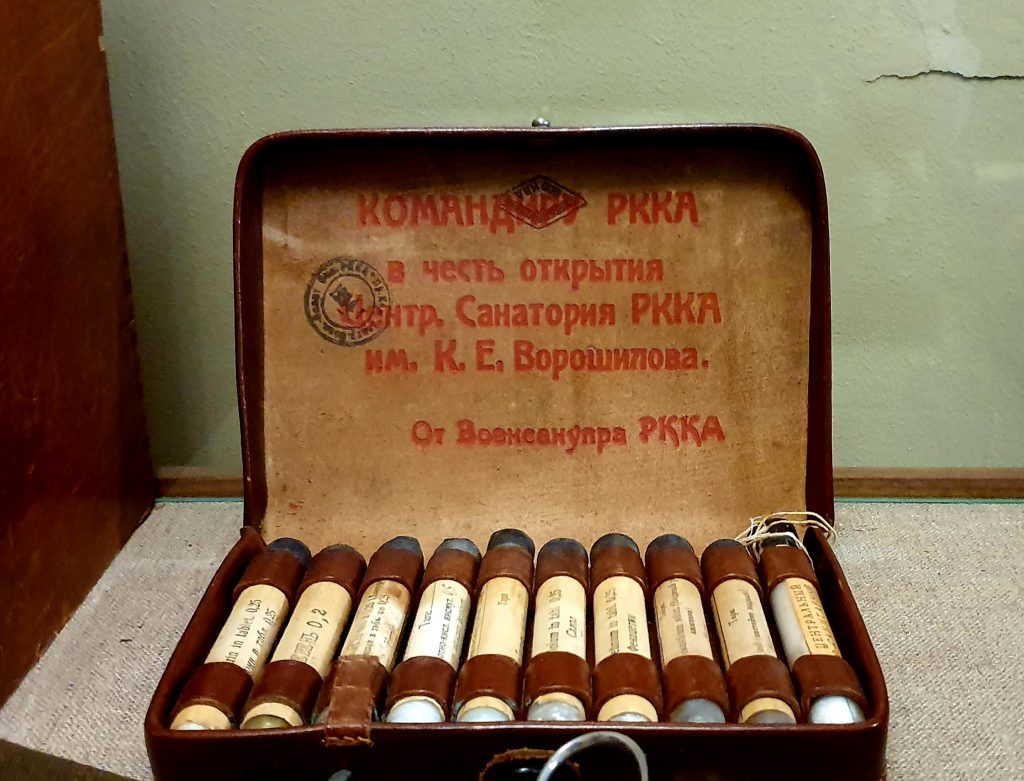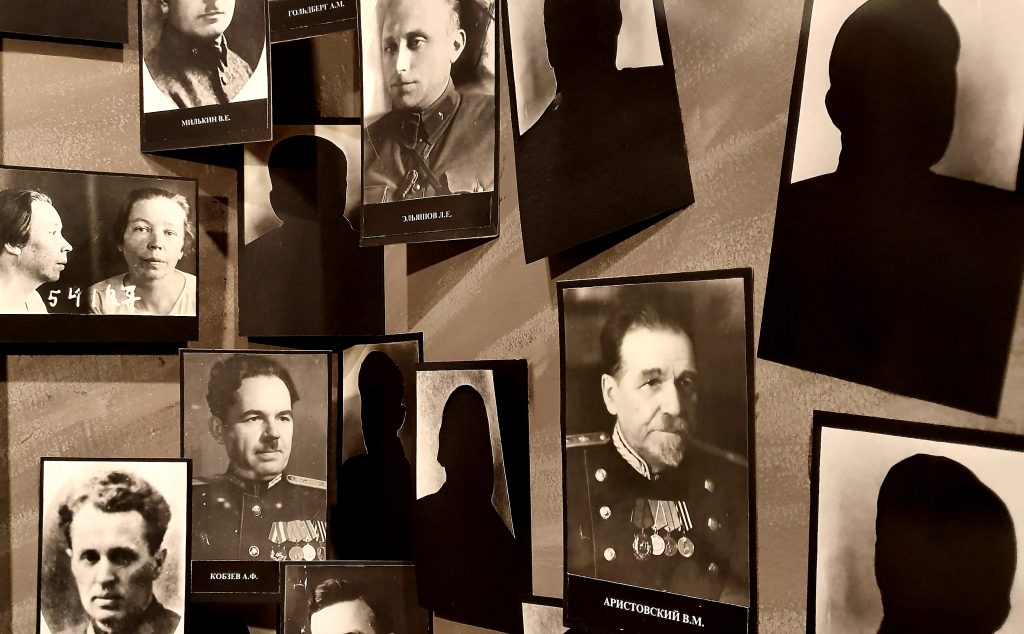After the end of the Civil War, the military sanitary service of the Red Army continued to work actively and developed. Soviet military medics were tasked with improving treatment and prophylactic work, preventing infectious diseases in the military, raising the overall level of the medical service technical equipment, developing science, staff training and preparing for work under the conditions of a possible war.
All branches of medical and sanitary affairs of the Soviet Republic were united by the highest government body – the People's Commissariat of healthcare service of the Russian SFSR, which was created by decree of the Council of People's Commissars on July 11, 1918. An outstanding statesman, doctor, academician of the AMS of the USSR (1944) and APN of the Russian SFSR (1945) N.A. Semashko was appointed People's Commissar of health of the Russian SFSR.
In the period 1921-1938, all the tasks of the medical service were successfully solved by the Main military sanitary Department of the Workers 'and Peasants' Red Army, created during the Civil War. The heads of the Main military sanitary Department were successively Z. P. Solovyov, M. I. Baranov, F. V. Rybin and E. I. Smirnov.
Major clinical scientists have made an invaluable contribution to the development of national medicine: infectiologist and microbiologist N.Y. Chistovich (1860-1926), surgeon S.P. Fedorov (1869-1936), otolaryngologist V.I. Voyachek (1876-1971), therapist N. N. Savitsky (1892-1984), therapist, surgeon V. N. Shamov (1882-1962), whose personal belongings and scientific works are widely represented in the exposition showcases.
Professor N. N. Savitsky, who worked on the problem of assessing the state of the cardiovascular system for many years, owns the invention of the mechanocardiograph. Under the leadership of Professor V. I. Voyachek, the Department of ENT disorders of the Military Medical Academy conducted the first research in the field of aviation medicine in our country.
One of the main issues of medicine in the 1930s is the storage, transfusion and preservation of blood. For the scientific development and practical implementation of these problems in the USSR, a number of institutes and blood transfusion stations were organized. Special attention in the exposition is paid to the activities of V. N. Shamov, under whose leadership in 1919, for the first time in the country, blood transfusions were performed considering its group affiliation.
Unfortunately, Soviet military medics were not free from the Stalinist repressions of the late 1930s. Thousands of qualified doctors were exiled or shot, including prominent medical figures, major scientists such as M. I. Baranov, M.Y. Galvyalo, P. I. Timofeevsky and many others. Having lost many of its best representatives, the Soviet military sanitary service was, like the entire Red Army, significantly weakened on the eve of the impending World War II.





